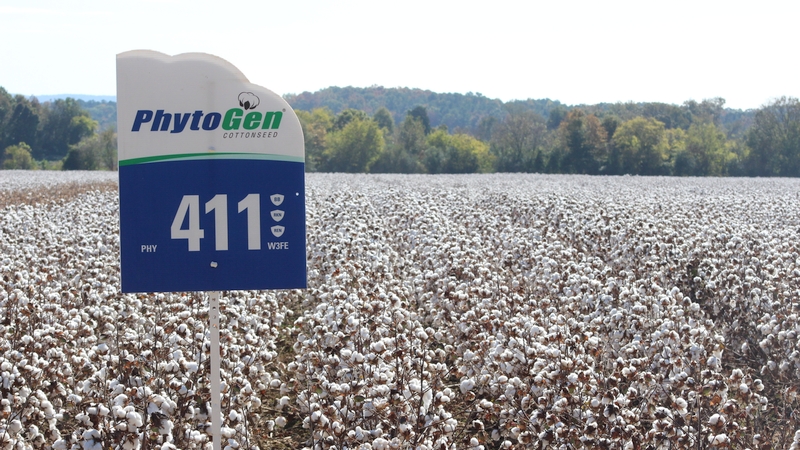Data Show Yield Gains from Indigo Cotton in 2016
Indigo, a company dedicated to harnessing nature to help growers sustainably feed the planet, has announced preliminary data from its first commercial product, Indigo Cotton.
Launched in spring 2016 on approximately 50,000 acres across multiple states, Indigo Cotton is a seed treatment based on naturally occurring, in-plant microbes (endophytes). Indigo Cotton has been developed to help increase water use efficiency, with the goal of improving yields when plants are growing under water stress.
The data represent grower experiences in diverse environments and were presented at the Beltwide Cotton Conference by Dr. Gregory Sword, a professor of entomology at Texas A&M University and Indigo collaborator.
Data collected to date show that Indigo Cotton led to an 11% average yield increase in West Texas. Despite moderate to severe water stress this growing season, yield improvements in the region were achieved without increased water or chemical use – confirming that Indigo Cotton can help protect crops in areas of water scarcity.
Indigo also commercialized its product on a variety of seed types in other areas. The most successful combination of seed type and microbial treatment achieved a peak performance above 15%.
Indigo Cotton’s win rate (the percentage of growers’ fields in which the treated crop outperformed the non-treated crop) was high at 75% and consistent across a variety of seed types and geographies.
The data are consistent with the results of four years of controlled field trials. They inform Indigo’s 2017 product selection, as the company identifies the most effective combination of microbial treatment, seed variety, and other conditions.
“These results represent another promising step in what we hope will be the next significant innovation in agriculture,” says David Perry, CEO and director of digo. “One of the advantages of Indigo’s unique partnership model with growers is that we can gather this type of data from commercial fields, which helps us to improve applications of the plant microbiome in cotton and other crops in years to come.”
With the global population expected to grow to 9.7 billion by 2050, the demand for water is increasing steadily and dramatically while resources are becoming scarce. As agricultural production accounts for 70% of current global water consumption, innovative water efficient methods of food production are critical.
“Indigo has transformed a promising discovery into a product that can perform at scale to deliver substantial yield increases on modern commercial farms,” says Sword. “The application of the plant microbiome to agriculture represents a naturally-derived solution that works to address today’s environmental stresses, with the potential to dramatically improve long-term agricultural sustainability.”
Optimizing the plant microbiome, Indigo is introducing a new way for agricultural products to be discovered and developed. The core of Indigo’s innovation is a computational biology platform that identifies beneficial microbes and brings naturally-derived products to market in less than three years, compared to an average of 10-15 years to commercialize traditional biotech and chemical products.
These beneficial microbes are extensively tested in laboratory assays, greenhouse trials, and field trials to identify the best candidates. Once commercialized, the products are further assessed in diverse conditions, in partnership with growers. The results help continually refine Indigo’s algorithms, allowing products to be improved each year after they are commercialized.
Indigo is also pioneering a new business model that shares risk and reward with growers, with the goal of improving farmer profitability. Traditionally, growers are asked to pay a premium upfront for new technologies, regardless of the outcome at the end of the season. One of its key principles of Indigo’s new model is to determine the value of the product based on the productivity gain realized by the grower, creating a new economic proposition for the agriculture community.
Source – Indigo









